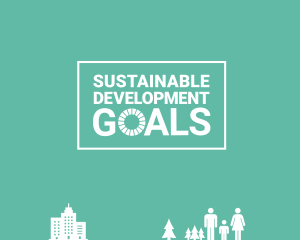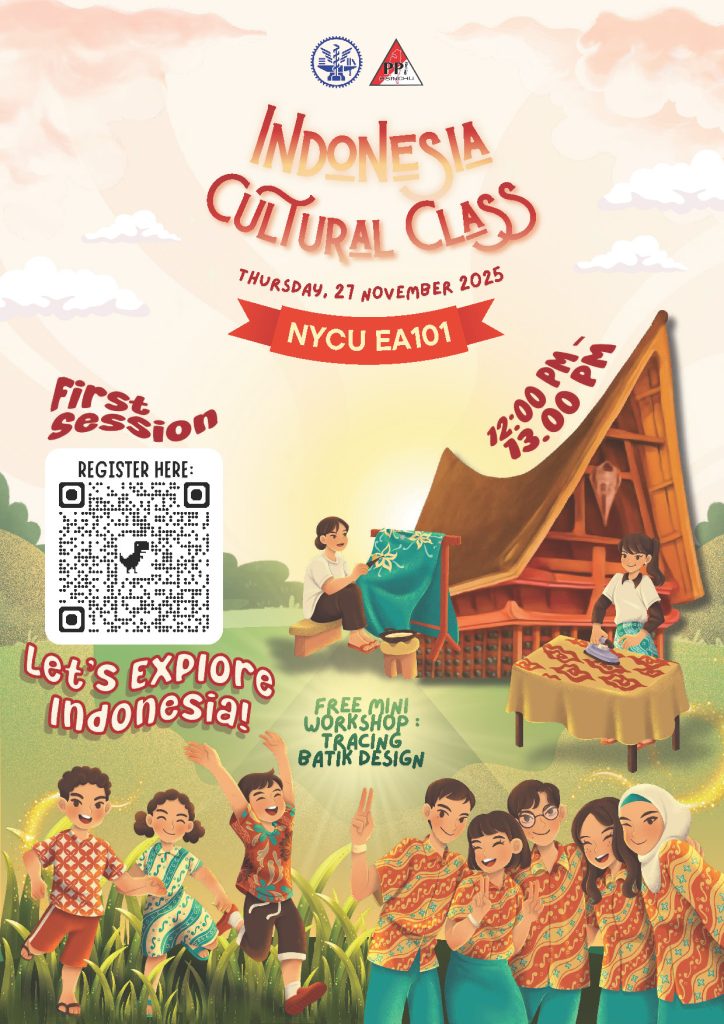From Verifying Literary Authenticity to Diagnosing Brain Diseases: Mathematical Model Enhances Early Alzheimer’s Detection
Edited by Chance Lai
______
A mathematical model developed years ago to analyze the authenticity of Shakespeare’s works and Dream of the Red Chamber has now been found applicable to detecting structural changes in the brains of Alzheimer’s patients. This technology reveals differences between the brain structures of Alzheimer’s patients and healthy individuals, improving diagnostic efficiency and introducing a novel diagnostic method.
The study, “Exploring morphological similarity and randomness in Alzheimer’s disease using adjacent grey matter voxel-based structural analysis,” has been published in Alzheimer’s Research & Therapy.
Breakthrough in Mathematical Applications: Distinguishing Healthy and Diseased Brain Structures
Professor Albert Chih-Chieh Yang, Chair of the Department of Medicine at National Yang Ming Chiao Tung University (NYCU), developed this mathematical model years ago. It was initially used for analyzing heart rate sequences, genetic nucleotide sequences, and even literary authenticity. Professor Yang once employed the model to identify potential forgeries in Shakespeare’s works and to suggest that Xue-Qin Cao may not have authored the last 40 chapters of Dream of the Red Chamber.
In this latest research, Professor Yang’s model was successfully applied to MRI images, transforming neuron density data into quantitative insights that distinguish Alzheimer ’s-affected brains from healthy ones, thus accelerating the diagnostic process.
A New Diagnostic Avenue for Alzheimer’s: From Symptom Observation to Structural Analysis
Current Alzheimer’s diagnoses primarily rely on symptom observation, with Amyloid PET scans as the only option for early detection. This research introduces a novel pathway, enabling scientists to diagnose Alzheimer’s more effectively.
“Just like a house, once you understand the structure, you can compare and identify differences,” Professor Yang explains. He notes that Alzheimer’s brains exhibit structural disarray, potentially due to the irregular deposition of amyloid proteins disrupting neuronal alignment.
New Hope for Brain Disease Diagnosis
Professor Yang emphasizes that this approach may extend beyond Alzheimer’s to other brain disorders, including schizophrenia, bipolar disorder, depression, and Parkinson’s disease. While these are often diagnosed through functional assessments, this new structural data could facilitate earlier detection and treatment.
With these advancements in Alzheimer’s diagnostics, this mathematical model is set to revolutionize traditional brain disease diagnosis, paving the way for more accurate and early medical assessments and ultimately offering patients more effective treatment options.
Chair of the Department of Medicine, Professor Albert C Yang (center),
with the study’s first and second authors, Master’s student in Neuroscience Ting-Yu Chen (right) and Dr. Jun-Ding Zhu (left).



